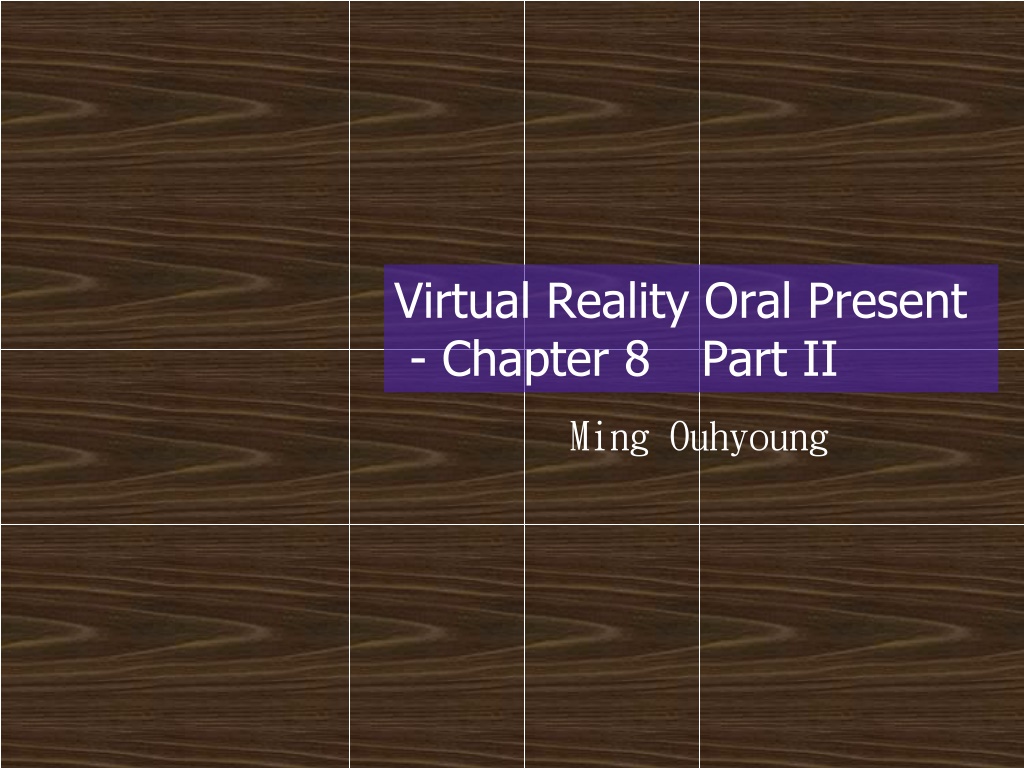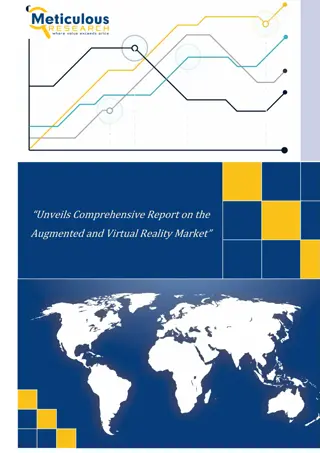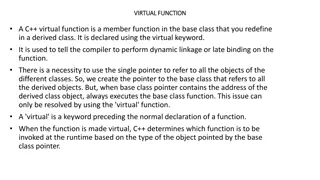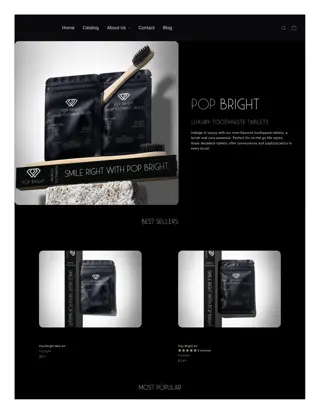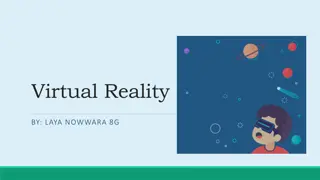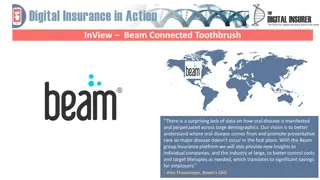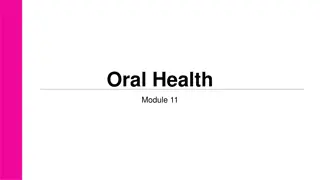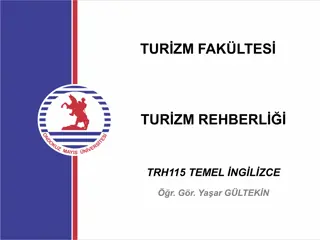Virtual Reality Oral Present - Chapter 8 Part II
In this chapter, Ming Ouhyoung discusses the process of creating VR applications by adapting from existing experiences or starting from scratch. Learn about the steps involved, tools needed, and team composition for a successful virtual reality project. Gain insights into user testing, software systems, and the design practices essential for crafting immersive VR experiences.
Download Presentation

Please find below an Image/Link to download the presentation.
The content on the website is provided AS IS for your information and personal use only. It may not be sold, licensed, or shared on other websites without obtaining consent from the author.If you encounter any issues during the download, it is possible that the publisher has removed the file from their server.
You are allowed to download the files provided on this website for personal or commercial use, subject to the condition that they are used lawfully. All files are the property of their respective owners.
The content on the website is provided AS IS for your information and personal use only. It may not be sold, licensed, or shared on other websites without obtaining consent from the author.
E N D
Presentation Transcript
Virtual Reality Oral Present - Chapter 8 Part II Ming Ouhyoung
Creating a VR Application Adapting from other Media Adapting from an Existing VR Experience Creating a New VR Experience
Adapting from an Existing VR Experience Converting an existing VR application into one suitable for your needs Crumbs visualization application Crumbs is a visualizing, exploring, and measuring features within volumetric data sets. (Appendix B) Website : http://www.ncsa.uiuc.edu/VR/cavernus/CRUMBS/Crumbs.html
Creating a New VR Experience Creating an experience from scratch allows the most flexibility but will require the most effort.
The Experience Creation Process There are courses of action by which one can reduce the amount of wasted effort. Many successful VR experiences and other computer applications have relied on user tests to hone the content and the interface.
The Experience Creation Process Form your VR team - What people do you need? Programmers Content Experts Set Designers Prop Creators (theatrical property, the stage) Sound Effect Experts Hardware Engineers
The Experience Creation Process It s generally wise to use a software system!! More flexible Disney Aladdin VR experience SAL : a Development language of Disney team
The Experience Creation Process A Typical VR system Tracking System Visual Display Graphics Computation Simulation Computation Audio Input Device Audio Display Computation Haptic Computation Haptic Display
Designing a VR Experience It s wise to approach the creation of a VR experience with good design practices.
Design Deliberately Customer Highest !! Design to make things easier for the user, not the programmer. Looking from the top down Design a VR experience should be constructed looking from the global view toward the goal. Don t Just keep a particular feature. If the feature doesn t live up for the user s experience, then it isn t worth keeping. Don t forget the special features in VR Virtual Reality has more options than day to day reality.
Design with the System in Mind Use an existing system, or make from scratch ? If your project will continued for a considerable amount of time, You can take advantage of the fact that technology is getting improved. If your project will involve large hardware You may convince your hardware manufacturer to let you test out the next generation of their product.
Design with the Venue in Mind If a venue with limited space Likely require a HBD (head based) or HMD (head-mounted display) If the venue is theater-style High-resolution projection-based display If venue is so large that participant can roam Non-occlusive HBD or hand-based display
Design with the Audience in Mind Know your audience is the most important tenet a designer should remember. NCSA s Virtual Director application is a VR tool using widely for computer animation If General Audience Avoid language-based messages Choose internationally recognizable sounds and symbols
Design with the Audience in Mind AGE : If user is child Head-based displays and shutter glasses may slip off EXPERIENCE : Children - Easy Adults Car-like steering interface Videogame players Complicated handler CULTURE : Virtual VR arcade system was being deployed in the Middle East, they discovered that most men wore a headdress, they could not don the standard HMD
